Home>Furniture & Design>Interior Design Trends>What Is Dichroic Glass
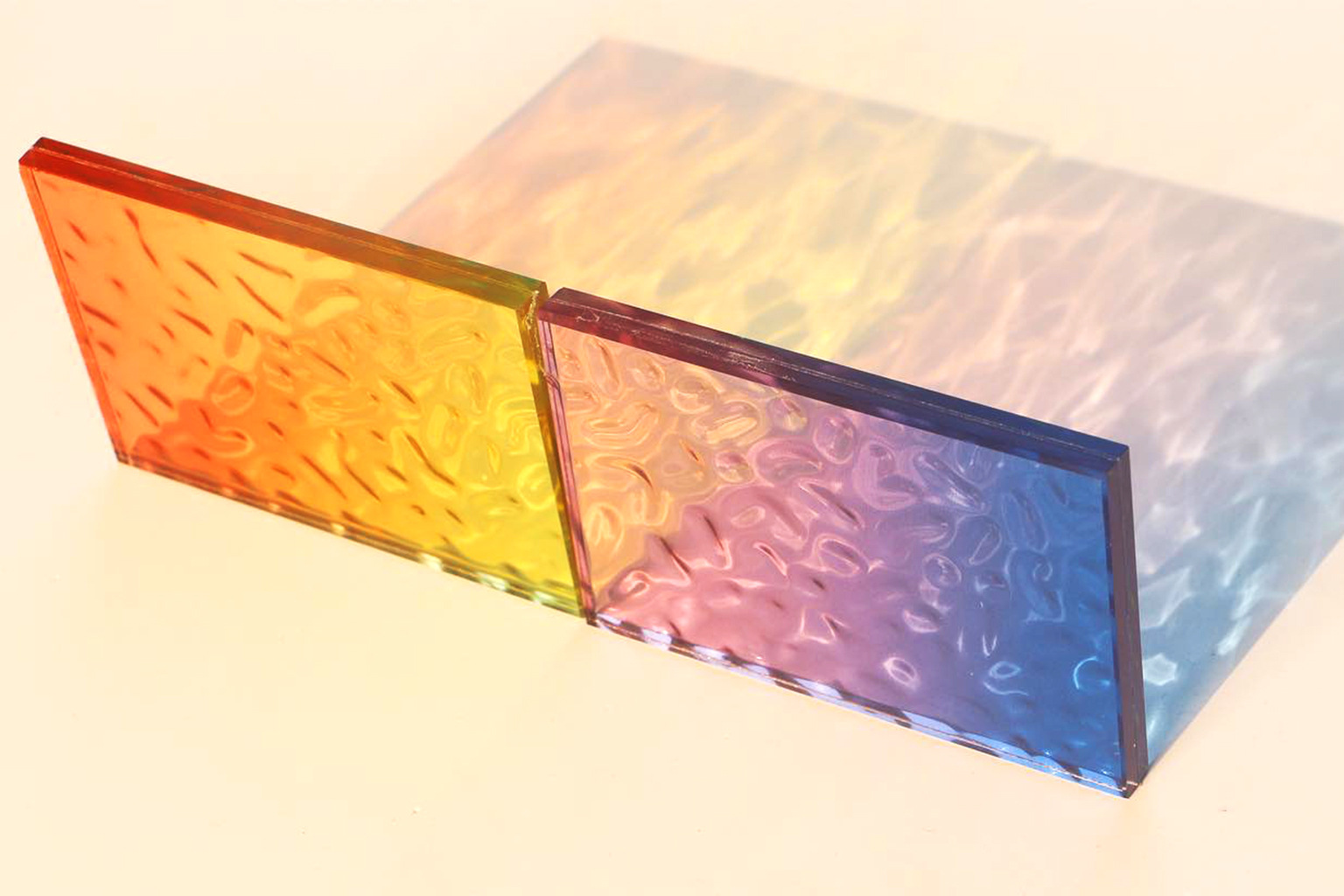

Interior Design Trends
What Is Dichroic Glass
Published: February 3, 2024
Discover the beauty of dichroic glass and its impact on interior design trends. Learn how this unique material can elevate your space with its vibrant colors and reflective properties.
(Many of the links in this article redirect to a specific reviewed product. Your purchase of these products through affiliate links helps to generate commission for Storables.com, at no extra cost. Learn more)
Introduction
Dichroic glass, with its mesmerizing play of colors and light, has captured the imagination of artists, designers, and enthusiasts alike. This unique material possesses an otherworldly quality, reflecting and transmitting an array of vibrant hues that seem to shift and dance with the slightest movement. Its allure lies in the way it effortlessly transforms ordinary light into a dazzling spectacle, adding an ethereal touch to any space it inhabits.
The enchanting nature of dichroic glass stems from its ability to display multiple colors when viewed from different angles, creating an ever-changing visual experience. This captivating characteristic has made it a sought-after medium in various creative fields, from jewelry making to architectural design.
As we delve into the world of dichroic glass, we will uncover the fascinating history behind this extraordinary material, explore the intricate process of its creation, and unravel the myriad ways in which it is utilized to elevate both artistic expressions and functional designs. Join us on this illuminating journey as we unravel the mysteries and marvels of dichroic glass.
Key Takeaways:
- Dichroic glass is a mesmerizing material that reflects and transmits vibrant colors, making it perfect for art, jewelry, architecture, and even technological innovations. Its iridescent brilliance captivates the senses and inspires endless creativity.
- The history of dichroic glass dates back to ancient Roman experiments and has evolved into a modern-day renaissance, driven by scientific innovation and artistic exploration. Its uses span from artistic expressions to functional design elements, showcasing its enduring appeal and versatility.
Read more: What Does Dichroic Glass Mean
History of Dichroic Glass
The history of dichroic glass is a tale of innovation and serendipity, dating back to ancient civilizations. The origins of this captivating material can be traced to the Roman Empire, where artisans experimented with the fusion of glass and precious metals to create stunning decorative pieces. These early endeavors laid the foundation for the development of dichroic glass, although the term itself was not coined until much later.
Fast forward to the 20th century, dichroic glass experienced a revival as scientific advancements unlocked new possibilities for manipulating light and color. It was during this time that NASA, in collaboration with the California Institute of Technology, pioneered the use of dichroic coatings for space exploration. The exceptional reflective properties of dichroic glass made it an invaluable component in optical instruments, spacecraft windows, and laser technologies, propelling it into the realm of cutting-edge innovation.
In the realm of art and design, dichroic glass gained prominence in the latter half of the 20th century, captivating the imagination of glass artists and jewelry makers. Its iridescent allure and chameleon-like qualities sparked a creative renaissance, inspiring a wave of experimentation and artistic expression. As the demand for dichroic glass surged, artisans and craftspeople embraced its transformative potential, incorporating it into a diverse array of creations, from intricate glass sculptures to radiant jewelry pieces.
The evolution of dichroic glass continues to unfold, with contemporary artists and designers pushing the boundaries of its application. This remarkable material has transcended its utilitarian origins to become a symbol of creativity and ingenuity, adorning modern architectural marvels and adorning the human form with its enchanting radiance.
The rich history of dichroic glass serves as a testament to the enduring allure of this extraordinary medium, weaving a narrative that spans centuries and civilizations. From its ancient origins to its modern-day renaissance, dichroic glass remains a testament to the timeless fascination with light, color, and the boundless possibilities of artistic expression.
How Dichroic Glass is Made
The mesmerizing allure of dichroic glass lies in its intricate manufacturing process, which involves the fusion of artistry and scientific precision. At the heart of this process is the manipulation of light and the careful deposition of metallic oxides onto glass surfaces. The result is a material that possesses a remarkable ability to reflect, refract, and transmit an array of vivid colors, captivating the beholder with its iridescent charm.
The journey of creating dichroic glass begins with the selection of high-quality, transparent glass as the canvas for the transformative alchemy that is about to unfold. This pristine foundation serves as the stage upon which the magic of dichroic glass will manifest. The next step involves the application of ultra-thin layers of metallic oxides, such as titanium, silicon, and aluminum, onto the surface of the glass. These metallic coatings are meticulously deposited through a process known as physical vapor deposition (PVD), where the glass is placed in a vacuum chamber and bombarded with metallic particles. This meticulous application of metallic layers is crucial in achieving the mesmerizing optical properties that define dichroic glass.
As the metallic layers are deposited onto the glass, they interact with light in a complex dance of reflection, refraction, and interference. This interplay of light and matter gives rise to the captivating iridescence and color-shifting effects that are synonymous with dichroic glass. The thickness and composition of the metallic layers are precisely controlled to manipulate the wavelengths of light, resulting in the stunning array of colors that dance across the surface of the glass.
Once the metallic layers have been applied, the glass undergoes a meticulous annealing process to ensure its structural integrity and optical clarity. This crucial step imparts durability to the dichroic glass, allowing it to withstand the rigors of handling and fabrication while retaining its enchanting visual qualities.
The culmination of these meticulous processes yields dichroic glass in all its resplendent glory, ready to adorn the world with its captivating radiance. From jewelry and decorative art to architectural installations and beyond, dichroic glass stands as a testament to the harmonious fusion of art, science, and craftsmanship.
In essence, the creation of dichroic glass is a symphony of precision and creativity, where the interplay of light and matter gives rise to a material that transcends the ordinary, enchanting all who behold its luminous beauty.
Properties of Dichroic Glass
Dichroic glass possesses a mesmerizing array of properties that set it apart as a truly extraordinary material. At the heart of its allure lies the captivating interplay of light and color, which imbues dichroic glass with an ethereal radiance that captivates the beholder. Let's delve into the enchanting properties that define this remarkable medium.
1. Iridescent Brilliance
At the core of dichroic glass's allure is its iridescent brilliance, which manifests as a dazzling display of shifting colors when viewed from different angles. This property is a result of the thin layers of metallic oxides deposited onto the glass, which interact with light to create a stunning visual symphony of hues. The iridescent brilliance of dichroic glass lends an enchanting and dynamic quality to any object or space adorned with this extraordinary material.
Read more: How To Make Dichroic Glass
2. Color-Shifting Magic
One of the most captivating properties of dichroic glass is its ability to exhibit color-shifting magic. As light dances across its surface, the glass undergoes a mesmerizing transformation, revealing an ever-changing palette of vibrant hues. This dynamic interplay of colors adds an element of intrigue and enchantment, making dichroic glass a captivating medium for artistic expression and design.
3. Reflective and Transmissive Qualities
Dichroic glass possesses reflective and transmissive qualities that contribute to its captivating visual appeal. When light strikes the surface of dichroic glass, it is both reflected and transmitted, creating a multi-dimensional effect that imbues the material with a sense of depth and luminosity. This unique property allows dichroic glass to interact with its surroundings, casting vibrant reflections and transmitting radiant colors in a mesmerizing display of optical artistry.
4. Durability and Versatility
Beyond its enchanting visual properties, dichroic glass exhibits remarkable durability and versatility. Despite its delicate appearance, dichroic glass is structurally resilient, making it suitable for a diverse range of applications. From jewelry and decorative art to architectural installations and beyond, dichroic glass stands as a testament to the harmonious fusion of art, science, and craftsmanship.
In essence, the properties of dichroic glass converge to create a material that transcends the ordinary, captivating the senses and inspiring awe with its iridescent brilliance, color-shifting magic, reflective and transmissive qualities, and enduring versatility. It is these extraordinary properties that make dichroic glass a medium of boundless creativity and endless fascination.
Uses of Dichroic Glass
Dichroic glass, with its mesmerizing interplay of colors and light, has found a myriad of captivating applications across diverse creative and functional domains. Its enchanting properties, including iridescent brilliance, color-shifting magic, and reflective/transmissive qualities, have made it a sought-after medium for elevating artistic expressions and enhancing architectural designs.
Read more: What Is A Glass Cutter
1. Artistic Creations
Artists and craftspeople have embraced dichroic glass as a medium for creating stunning works of art. From intricate glass sculptures and vibrant mosaics to captivating jewelry pieces, dichroic glass infuses artistic creations with a dynamic interplay of colors and light. Its iridescent brilliance adds a captivating dimension to art, captivating viewers with its ever-changing hues and reflective allure.
2. Jewelry Making
Dichroic glass has become a beloved material in the realm of jewelry making, adorning necklaces, earrings, and pendants with its enchanting radiance. The color-shifting magic of dichroic glass lends an element of intrigue to jewelry pieces, captivating the beholder with its dynamic display of vibrant hues. Whether incorporated into contemporary designs or traditional adornments, dichroic glass adds a touch of ethereal beauty to jewelry.
3. Architectural Installations
In the realm of architecture and interior design, dichroic glass has emerged as a transformative element, adorning spaces with its iridescent brilliance. From decorative glass panels and striking facades to immersive installations, dichroic glass infuses architectural designs with a sense of enchantment. Its reflective and transmissive qualities allow it to interact with natural and artificial light, casting vibrant reflections and creating a captivating visual experience.
4. Functional Design Elements
Beyond its artistic applications, dichroic glass is utilized in functional design elements to imbue everyday objects with a touch of luminous beauty. From decorative tiles and tableware to lighting fixtures and ornamental accents, dichroic glass elevates functional objects with its mesmerizing properties. Its durability and versatility make it a compelling choice for integrating enchanting visual elements into everyday life.
Read more: What Is A Glass Blower
5. Technological Innovations
The unique optical properties of dichroic glass have also found applications in technological innovations, including optical filters, laser technologies, and scientific instruments. Its ability to manipulate light and color with precision has made it an invaluable component in advanced optical systems, contributing to the development of cutting-edge technologies.
In essence, the uses of dichroic glass span a diverse spectrum, from artistic expressions and architectural embellishments to functional design elements and technological advancements. Its iridescent brilliance and captivating properties continue to inspire creativity and innovation, making dichroic glass a medium of endless fascination and boundless possibilities.
Conclusion
In conclusion, dichroic glass stands as a testament to the timeless fascination with light, color, and the boundless possibilities of artistic expression. From its ancient origins to its modern-day renaissance, the evolution of dichroic glass has been marked by a captivating interplay of artistry, scientific innovation, and creative ingenuity. Its mesmerizing properties, including iridescent brilliance, color-shifting magic, and reflective/transmissive qualities, have propelled it into the realms of art, design, architecture, and technology, where it continues to inspire awe and wonder.
The rich history of dichroic glass, spanning centuries and civilizations, reflects its enduring allure as a medium of boundless creativity and endless fascination. Its journey from ancient Roman experiments to contemporary artistic expressions is a testament to the enduring appeal of this extraordinary material. The revival of dichroic glass in the 20th century, driven by scientific advancements and artistic exploration, has paved the way for its widespread adoption in diverse creative and functional domains.
The intricate process of creating dichroic glass, involving the meticulous deposition of metallic oxides onto glass surfaces, embodies a harmonious fusion of artistry and scientific precision. This alchemical process gives rise to a material that transcends the ordinary, captivating the senses and inspiring awe with its iridescent brilliance and dynamic interplay of colors and light.
The uses of dichroic glass, spanning from artistic creations and jewelry making to architectural installations and technological innovations, underscore its versatility and enduring appeal. Whether adorning a wearable art piece or enhancing the aesthetic allure of a modern architectural marvel, dichroic glass infuses spaces and objects with a touch of luminous beauty, captivating the beholder with its enchanting radiance.
In essence, dichroic glass represents a convergence of art, science, and craftsmanship, where the interplay of light and matter gives rise to a material that transcends the ordinary, enchanting all who behold its luminous beauty. Its enduring allure and boundless potential continue to inspire creativity and innovation, making dichroic glass a medium of endless fascination and limitless possibilities.
Frequently Asked Questions about What Is Dichroic Glass
Was this page helpful?
At Storables.com, we guarantee accurate and reliable information. Our content, validated by Expert Board Contributors, is crafted following stringent Editorial Policies. We're committed to providing you with well-researched, expert-backed insights for all your informational needs.

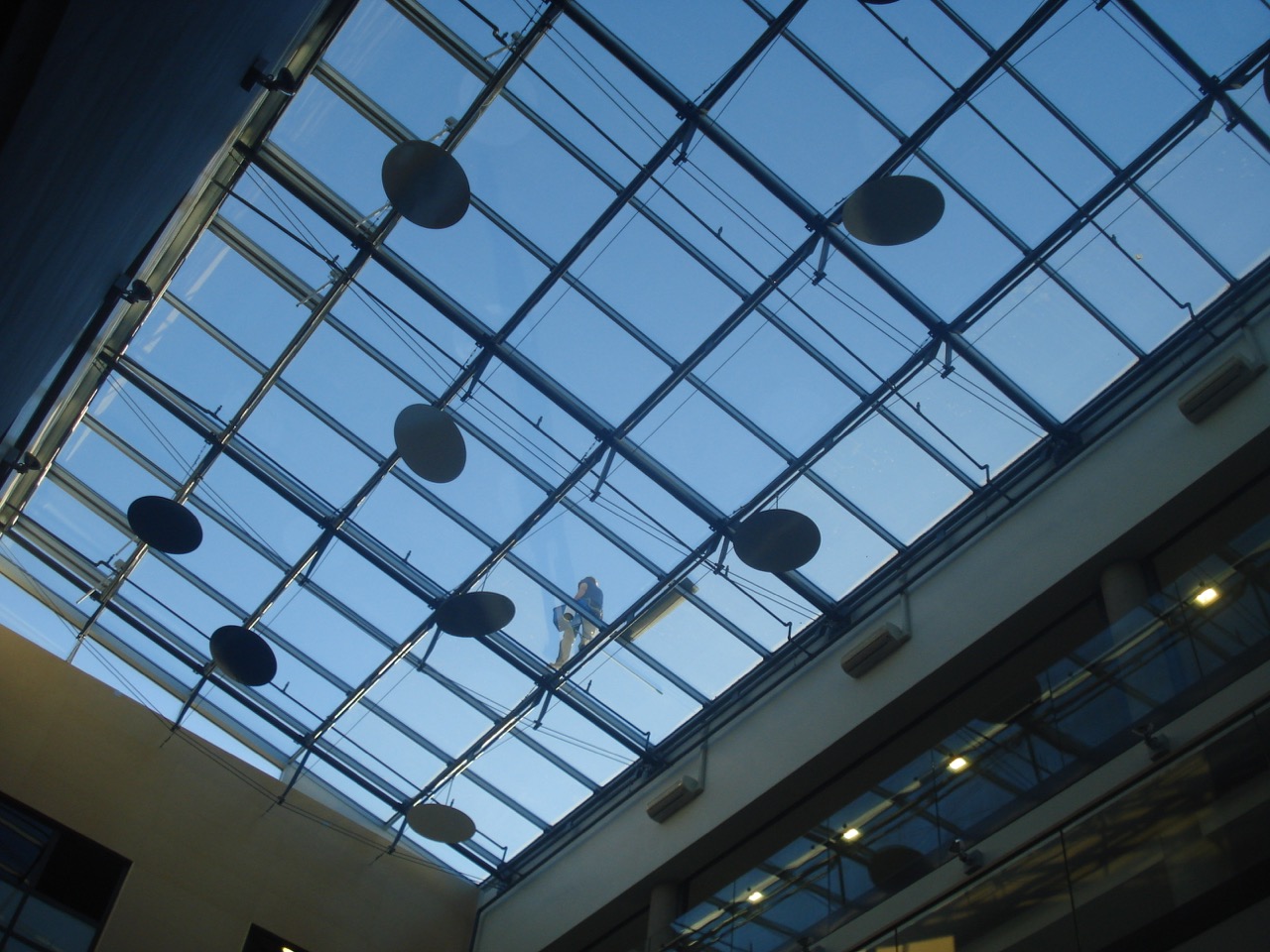
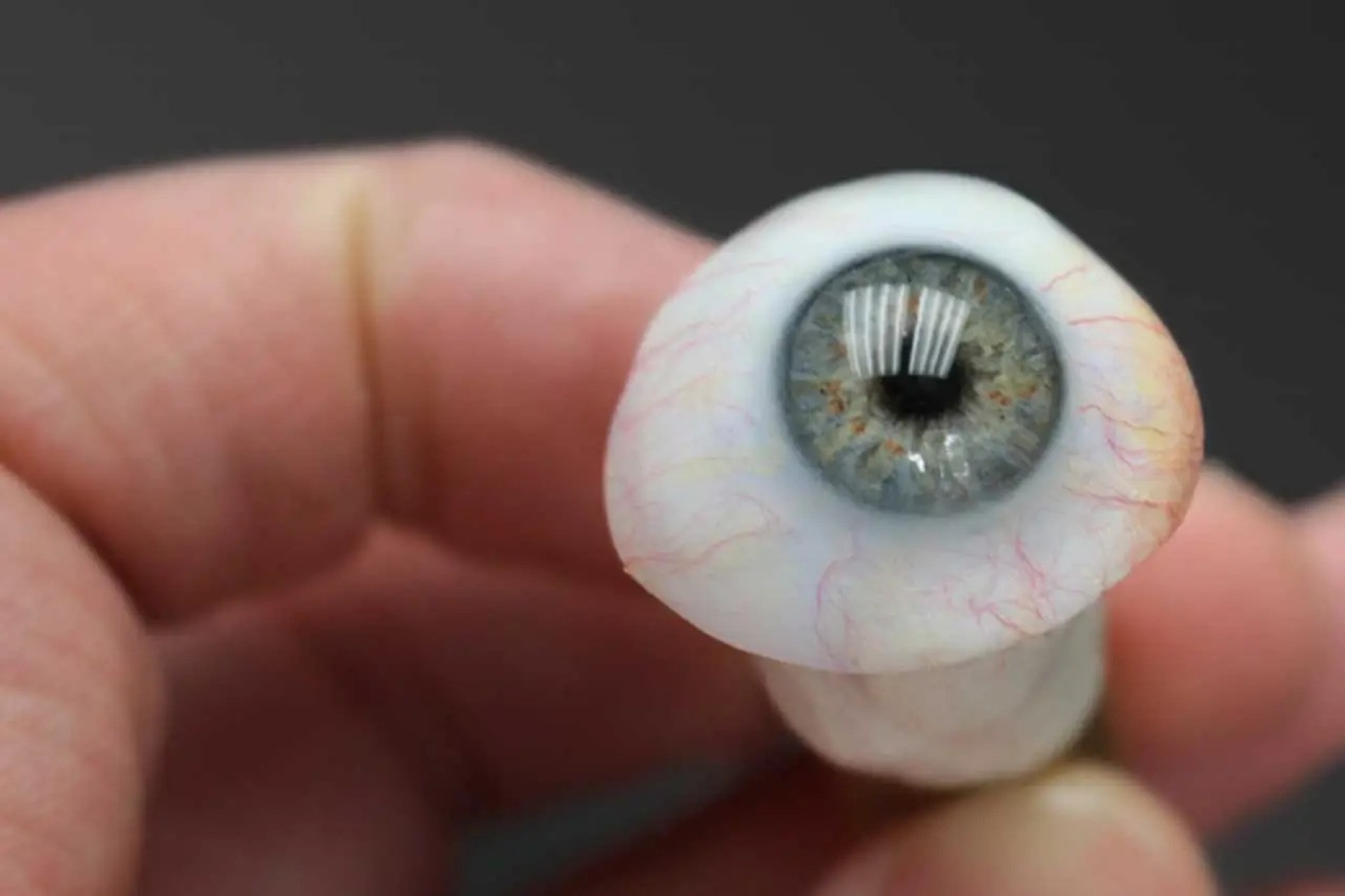
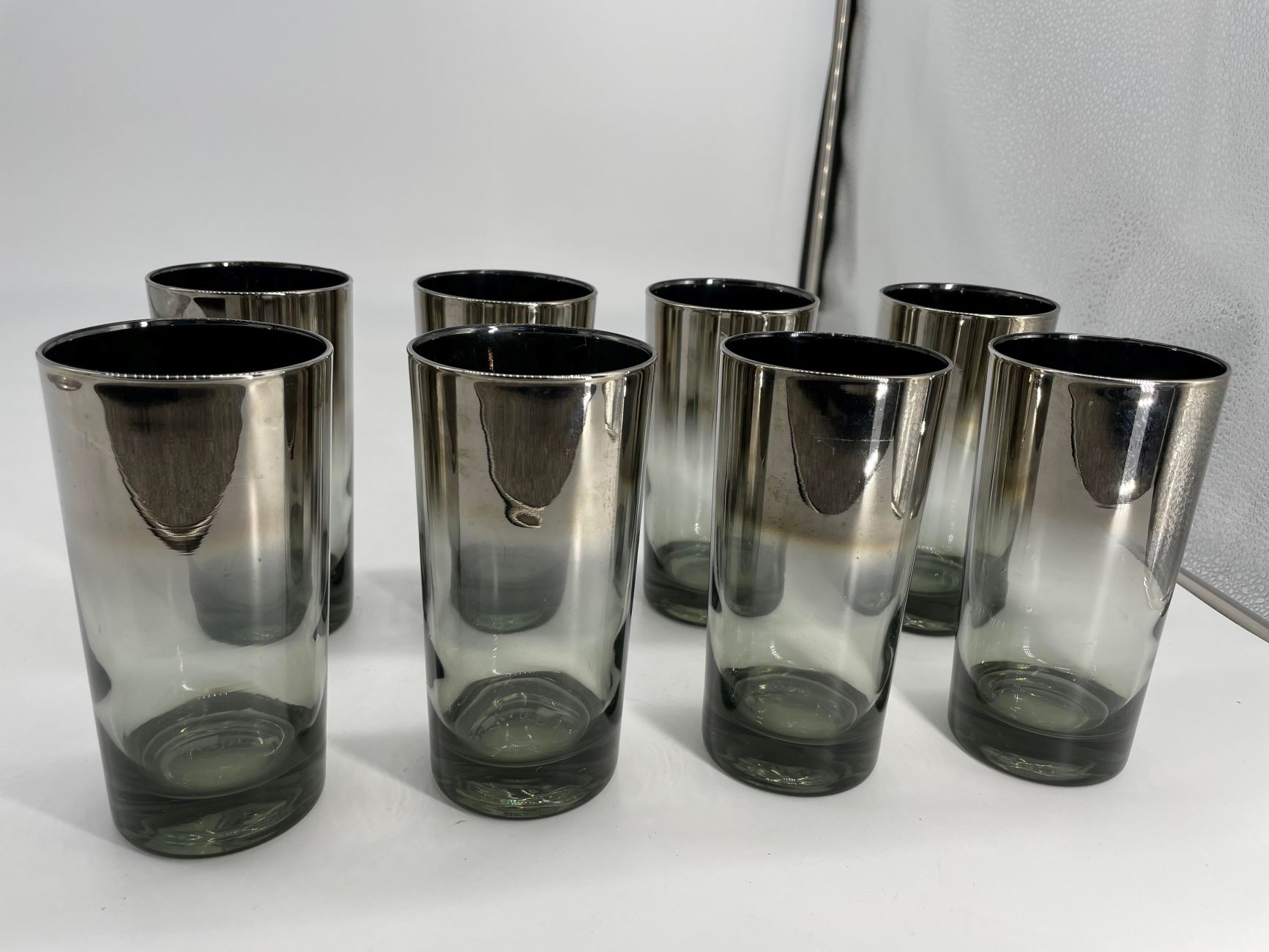
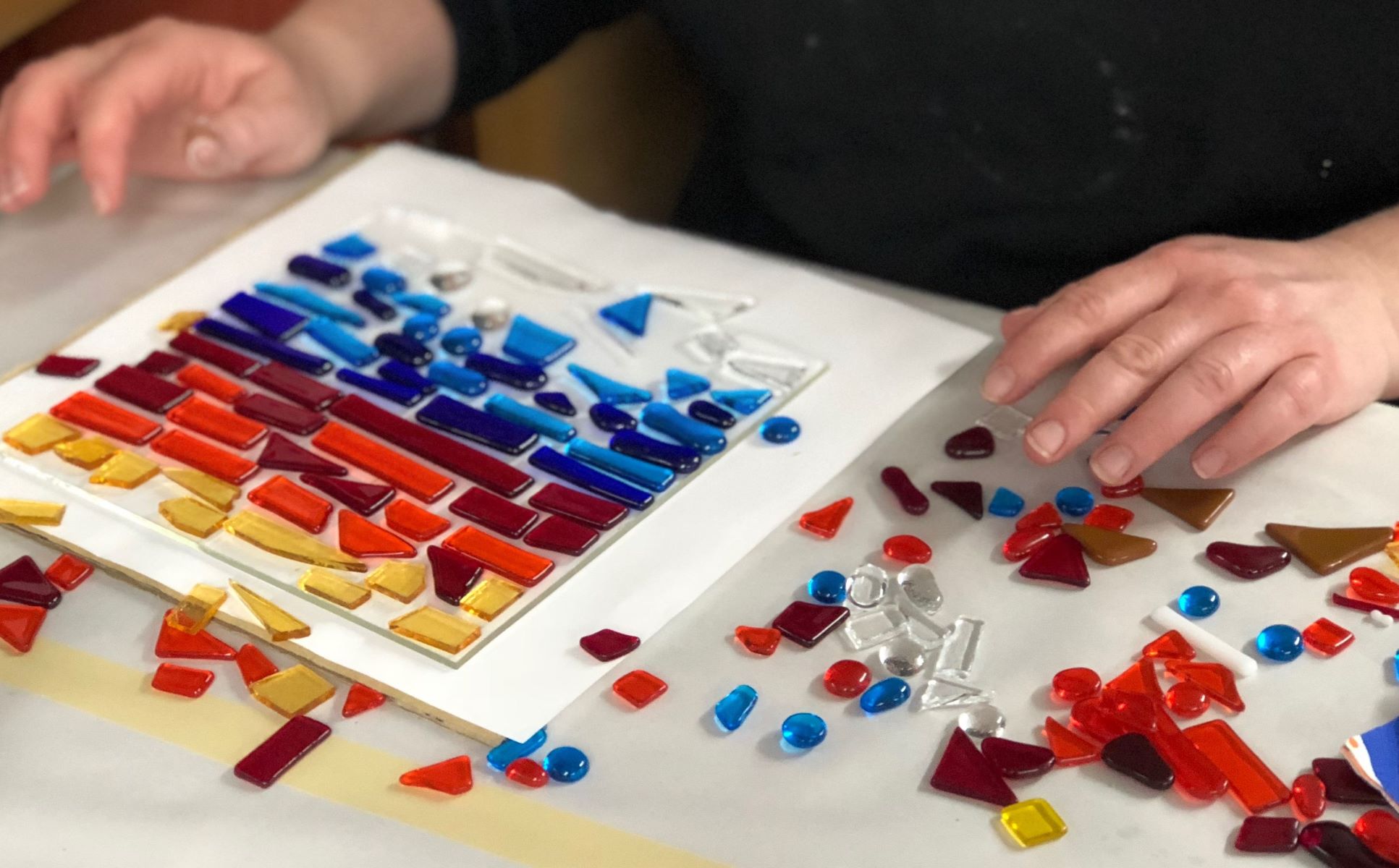
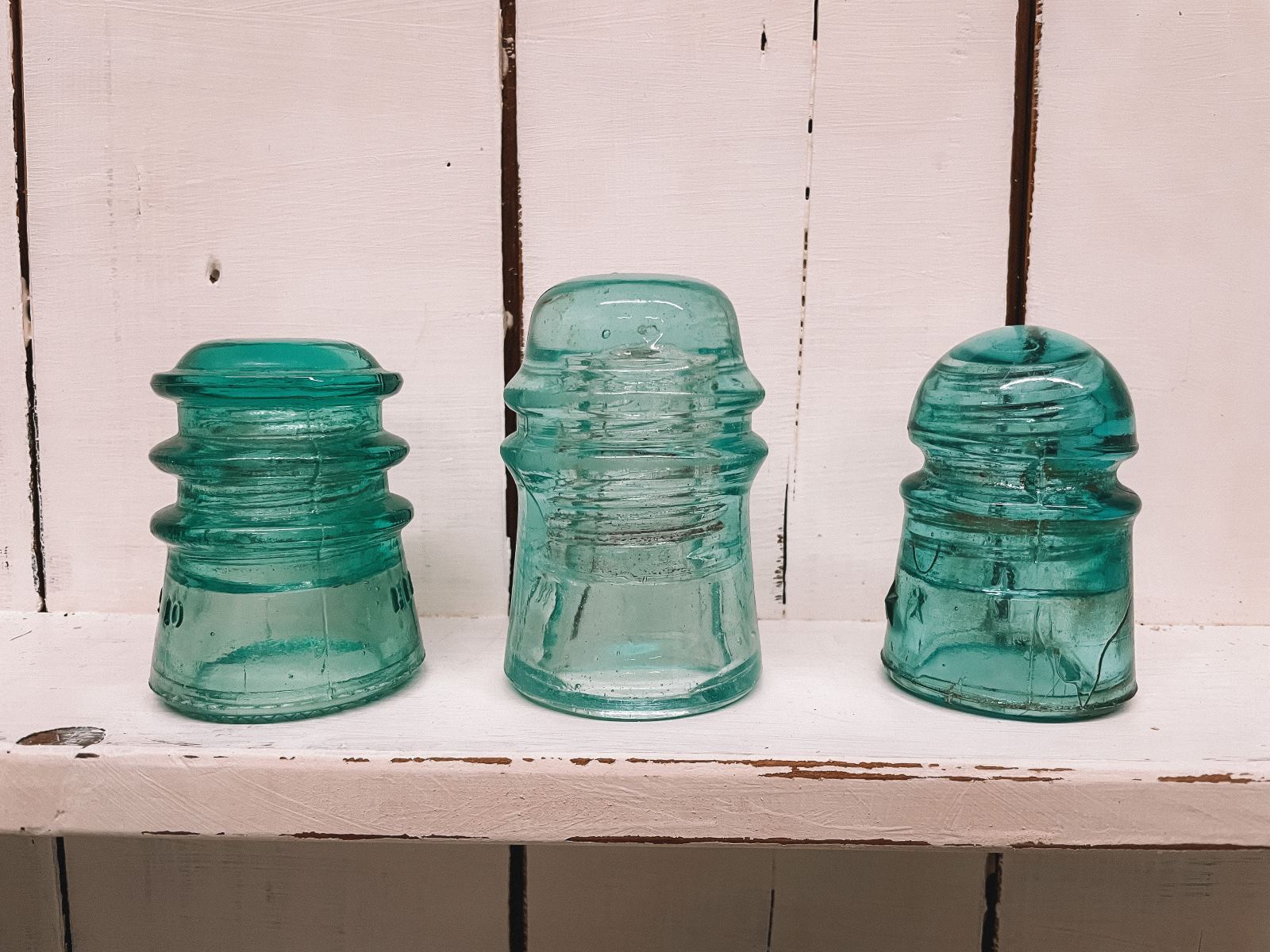
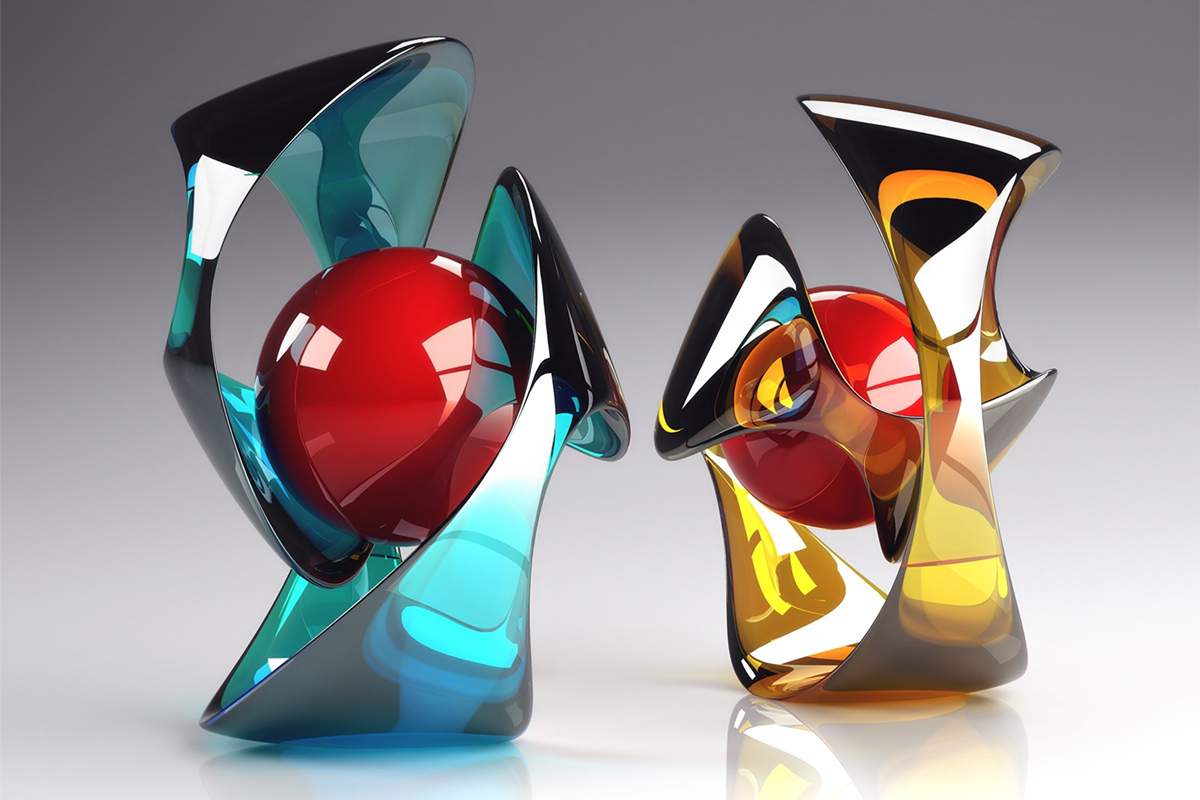
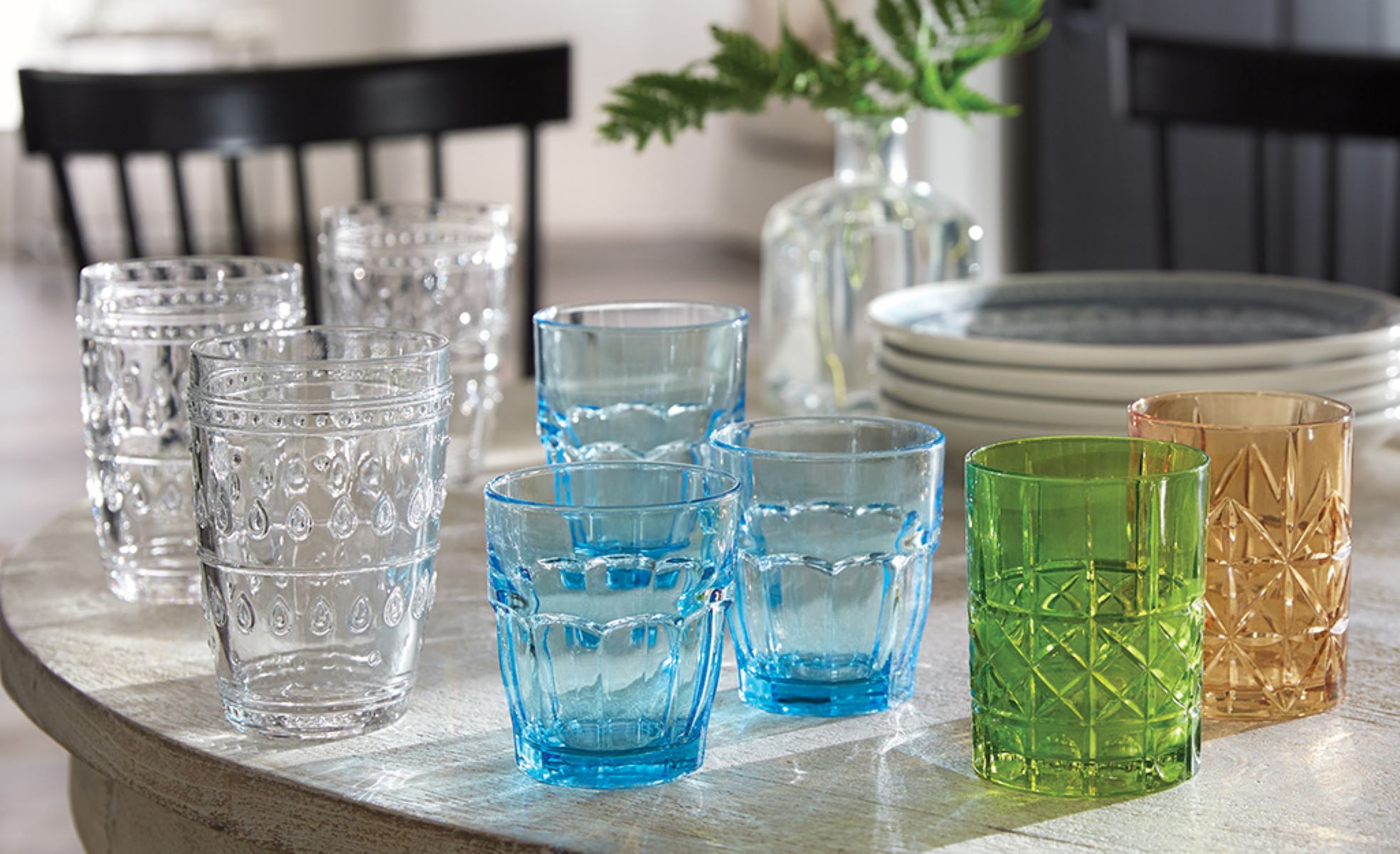
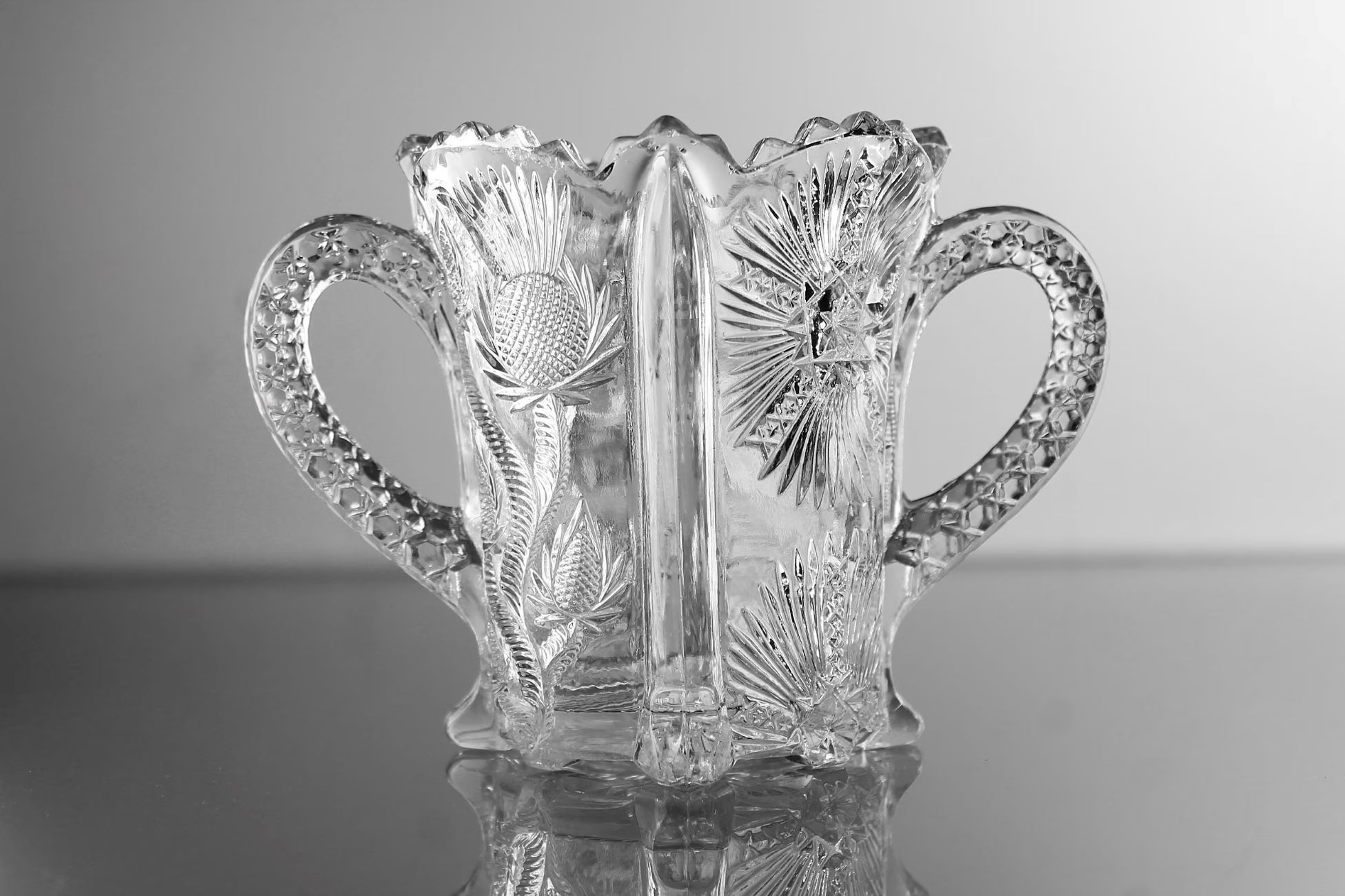

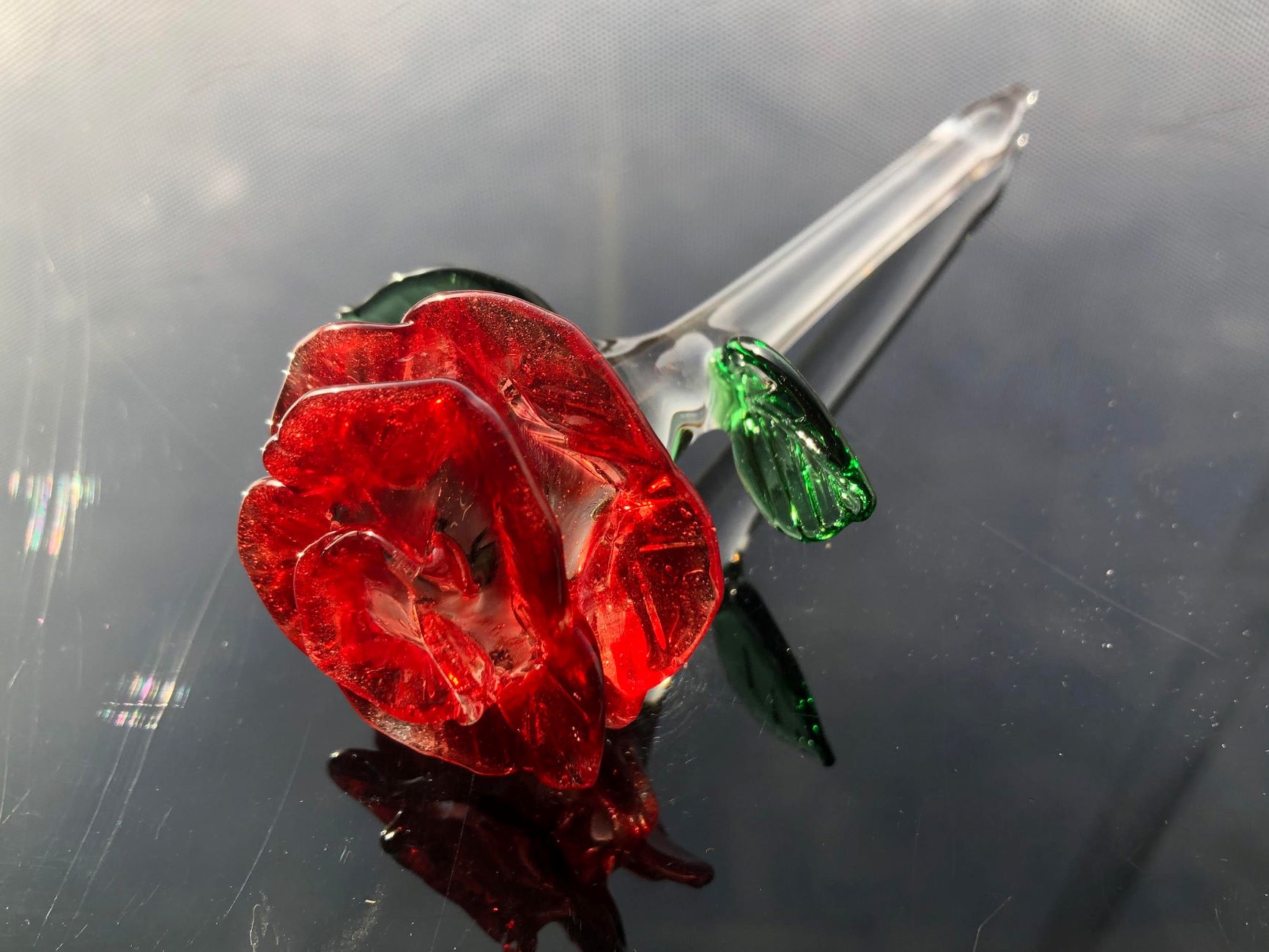
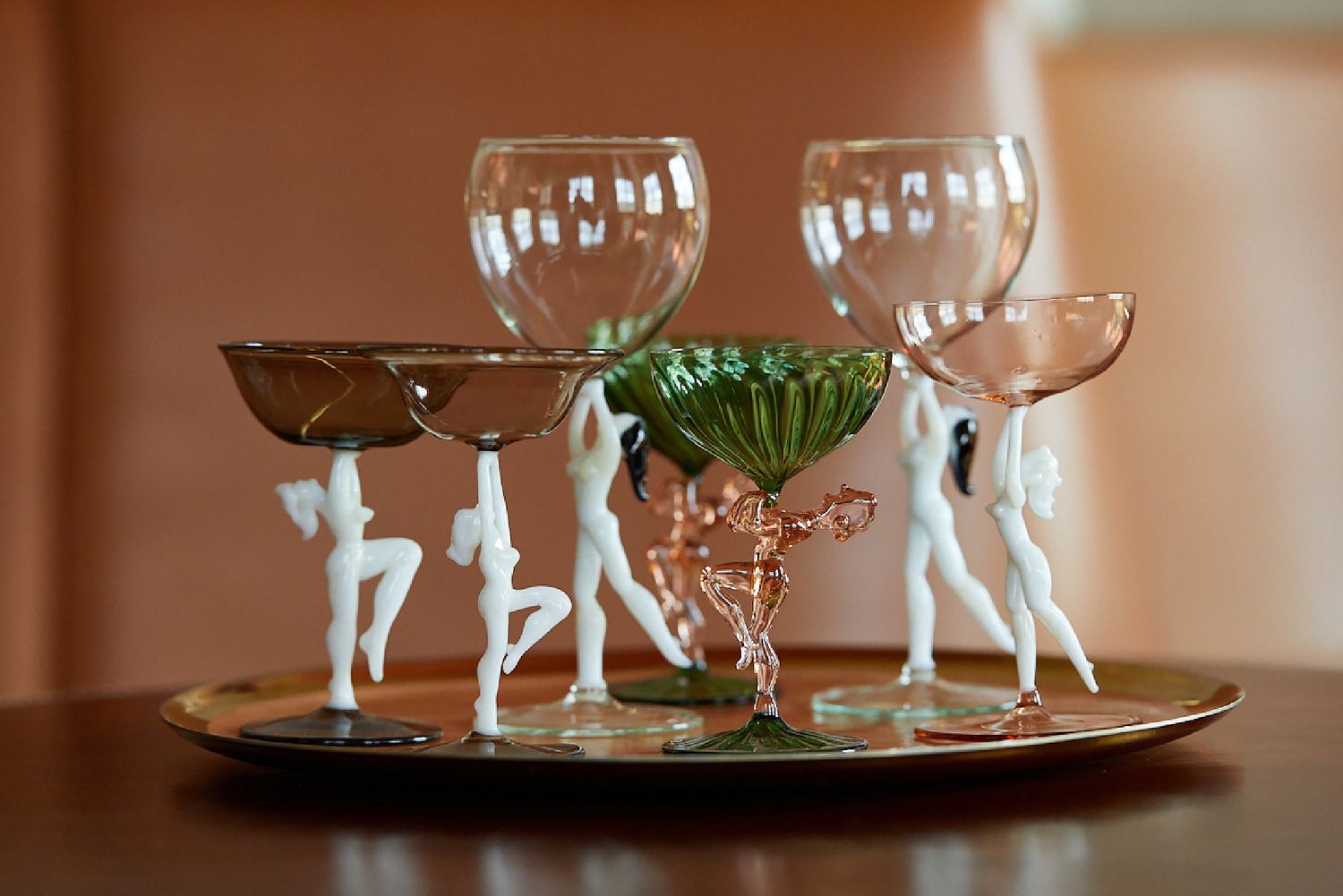

0 thoughts on “What Is Dichroic Glass”